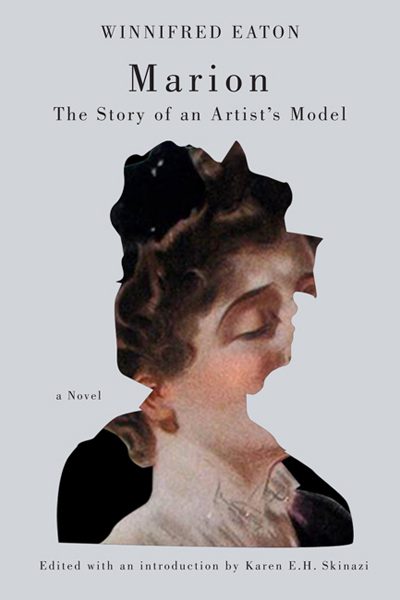Black No More: Being an Account of the Strange and Wonderful Workings of Science in the Land of the Free, AD 1933-1940Posted in Books, Media Archive, Novels, Passing, United States on 2012-08-08 01:58Z by Steven |
Random House
1999 (Originally Published: 1931)
208 pages
Paperback ISBN: 978-0-375-75380-0
George S. Schuyler (1895-1977)
Introduction by Ishmael Reed
What would happen to the race problem in America if black people turned white? Would everybody be happy? These questions and more are answered hilariously in Black No More, George S. Schuyler’s satiric romp. Black No More is the story of Max Disher, a dapper black rogue of an insurance man who, through a scientific transformation process, becomes Matthew Fisher, a white man. Matt dreams up a scam that allows him to become the leader of the Knights of Nordica, a white supremacist group, as well as to marry the white woman who rejected him when he was black. Black No More is a hysterical exploration of race and all its self-serving definitions. If you can’t beat them, turn into them.
Ishmael Reed, one of today’s top black satirists and the author of Mumbo Jumbo and Japanese by Spring, provides a spirited Introduction.
The fertile artistic period now known as the Harlem Renaissance (1920-1930) gave birth to many of the world-renowned masters of black literature and is the model for today’s renaissance of black writers.







